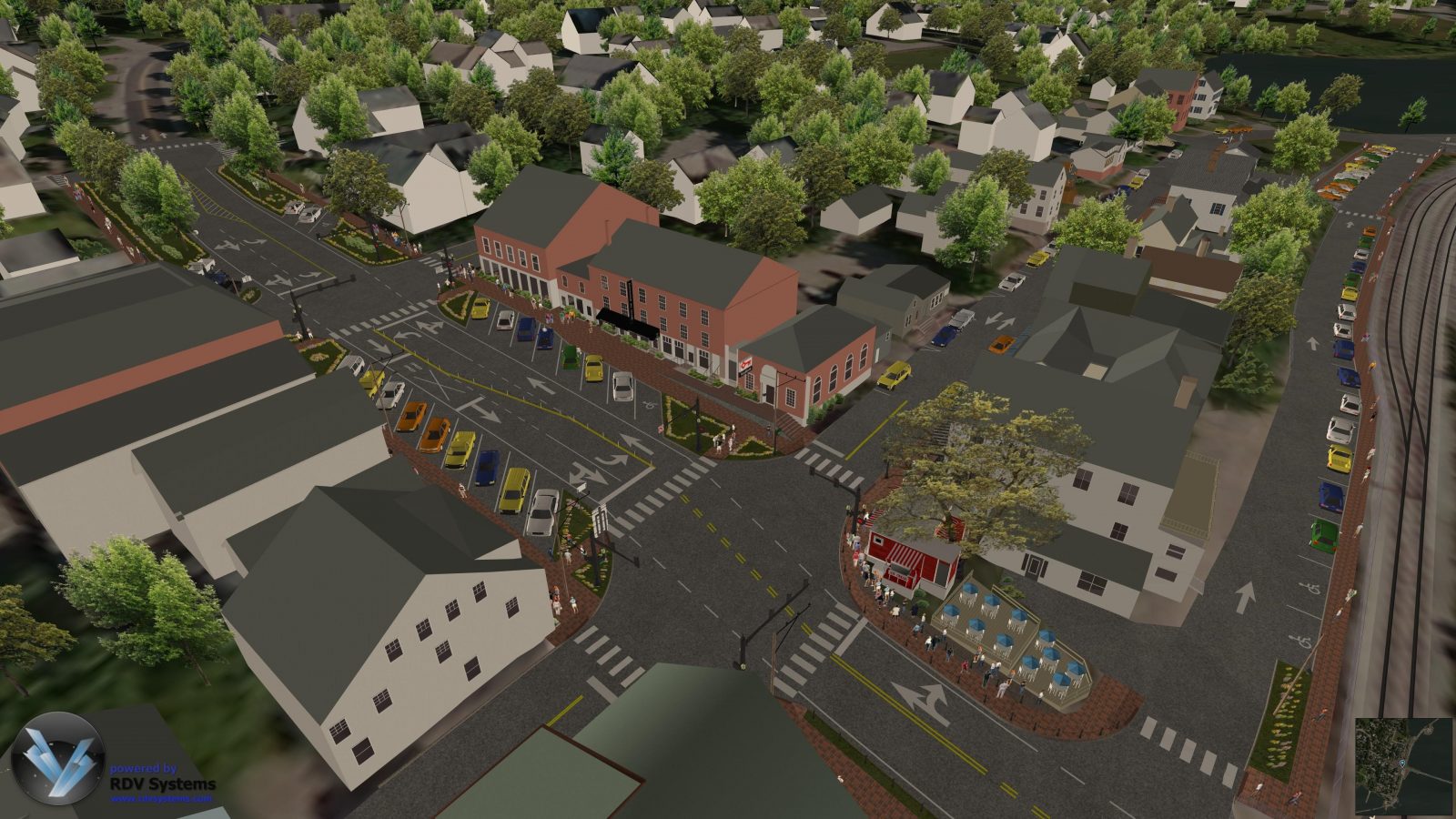Can I Afford VR for My Next Project?
Going from Photorealism to Virtual Reality
If you are managing large infrastructure projects chances are you are not the visualization expert in your organization. Assuming that is the case, then this conversation will give you an overview of the visualization experts workflow, and equip you to navigate the budget versus time challenge of Photorealism or Virtual Reality.
Since its inception and successful integration into the design workflow over two decades ago, the visualization industry has gone through multiple iterations and checked off many end user wish list items.
One of those items is the Quest for Photorealism in modeling, textures and lighting (which continues to evolve). That quest has become both standard practice at design firms and standard expectation from design firm clients. While this has provided exceptional communication and feedback for both designers and clients, the quest for photorealism has a high price tag when adding up billable and unbillable hours for design changes, render & re-render.

What has been typical in the past is now entering another iteration, Virtual Reality (VR). The quest for photorealism has transitioned into an immersive and interactive experience, providing a first-person experience with real time answers to real time design questions. Instead of pre-rendered views in the form of renderings and animations, these new applications (some have been around longer than you may think) allow you to natively create content that can be published rather than rendered. Besides the usual image and animation output, that are still available, an ‘on-demand’ option rather than traditional method of render and see known as VR can be available at no additional cost!
Instead of the current you are here output, the next iteration of the visualization journey brings designs alive by offering immersive interaction that puts you there, wherever there may be.
The benefits of this new cycle can be the difference between design sign off or design stall due to unanswered questions or lack of design clarity. What this means is that instead of a designer/visualization specialist making changes in the production seat and re-rendering and re-presenting at a later date, you can interactively view in real time, a state or condition of the design from any vantage point and provide real time feedback.

Photorealism still has a role to play and is often needed somewhere along the design journey; however, in this new reality, it is typically only needed after the VR immersive and interactive process has provided solid design answers. The bonus here is that some of the photorealism heavy lifting has now been augmented by real-time content creation.
This latest cycle may be new to some, but those who have already invested in the traditional visualization method may feel they can sit this one out and avoid risk to current workflow. That position is respected and this conversation is not intended to alarm, but to illustrate what is now readily available as an asset, as opposed to another heavy investment. For example, in the Infrastructure technology space, so much of this real time content creation is done from within your existing CAD application. So, the only real investment is a modest learning curve. Adopting this additional visualization workflow is more about minimizing the risk of being misunderstood.



